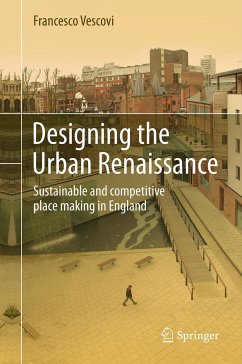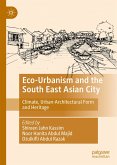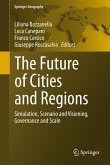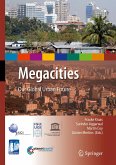In England this trend led the New Labour Government, properly addressed by the research report of the Urban Task Force in 1999, to renew the old planning system and to establish new rules and financial resources to stop the physical and economic decline of many urban areas, supporting initiatives and projects to bring people and jobs back in the heart of towns and cities.
Urban design - the main focus of the book - is considered by the government one of the most effective tools for controlling the ongoing processes of transformation, raising the overall quality and degree of urbanity of places and ensuring a proper balance between the necessary aesthetic, environmental, social and economic requirements.
The research describes the support given to local authorities for this purpose through new laws and powers, the publishing of planning and design manuals and the delivery of especially dedicated funds, bodies and programs. It also explores the character and purpose of new developments such as scientific parks, creative/cultural quarters, retail and commercial districts, public realm works, describing critically recurring design rules and features.
Readers interested in urban policies, architecture and the built environment will find a concise yet comprehensive explanation, enriched by a lot of pictures, on why and how many towns andcities such as Birmingham, Nottingham, Leicester or Sheffield have been changing during the last decade.
Dieser Download kann aus rechtlichen Gründen nur mit Rechnungsadresse in A, B, BG, CY, CZ, D, DK, EW, E, FIN, F, GR, HR, H, IRL, I, LT, L, LR, M, NL, PL, P, R, S, SLO, SK ausgeliefert werden.









